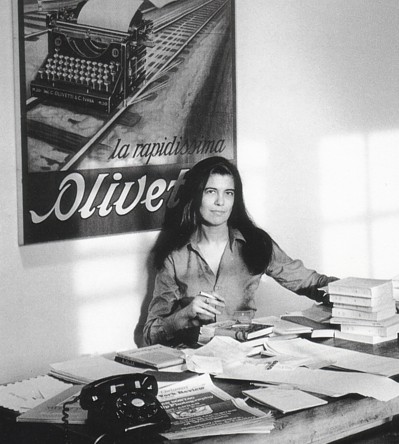
Do you believe in augury? The ancient Roman art of understanding the ‘Gods’ through watching the behaviour of birds.
I am not sure about augury in itself, but I do think it a privilege to take note of the birds that I come a cross at different junctures in my life and impose on them a personal meaning, so perhaps I am not so different from an augur after all. There will be no binoculars and bird book and camouflage beige for me, I prefer to just be aware of them, little wild things in the bustling city. Why even today, a scraggly raven crossed the road before me, looking rather weary and disgruntled, the feather’s on the back of his head rather hen-pecked, though I am sure if ravens could speak, they wouldn’t lower themselves with such a comparison. It wasn’t until I remembered that it is moulting season and it can make poor raven feel rather undressed, in their ‘post-nuptial plumage’ ( as it is officially called).
Many writers are birdwatchers – including myself and I find them often in the forefront of what I am writing. Sometimes it feels birds are everywhere, people are putting birds on everything (thanks Portlandia), but mostly it is the only connection I have with nature.
So it was with great joy I discovered that Emily Dickinson had a love for birds and her own collective noun for them, a spicing of birds. She wrote approximately 200 of them displaying her love of birds:
A bird came down the walk:
He did not know I saw…
She was an augur too, no doubt – observing, casting, and writing with avian witnesses to her life.
But it is curious how many tales I have heard of unusual birds appearing at critical moments in peoples lives, whatever they are, they are surely ‘spicings’, enlivening and reminding us of the natural world.
Have any of you had any augury moments?






